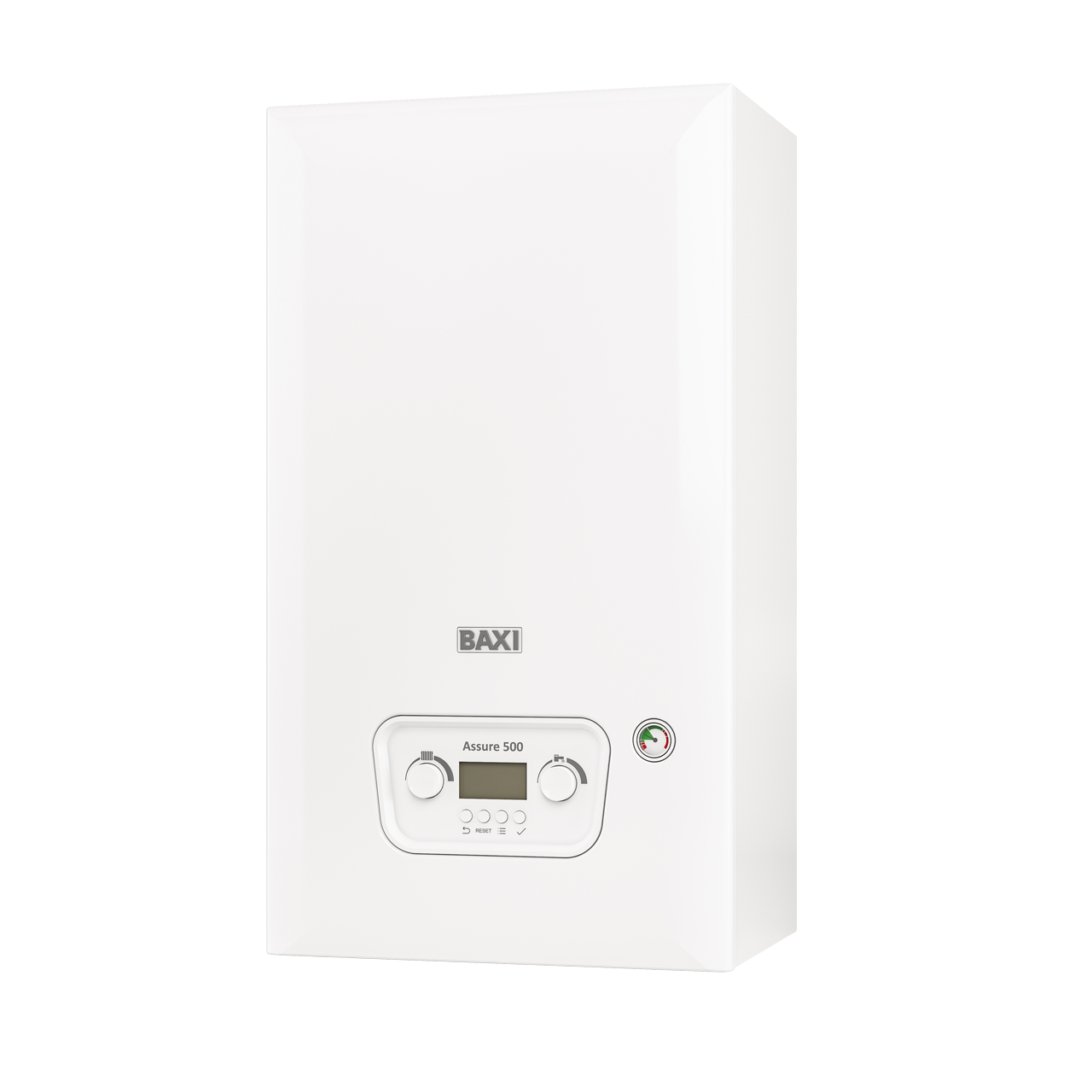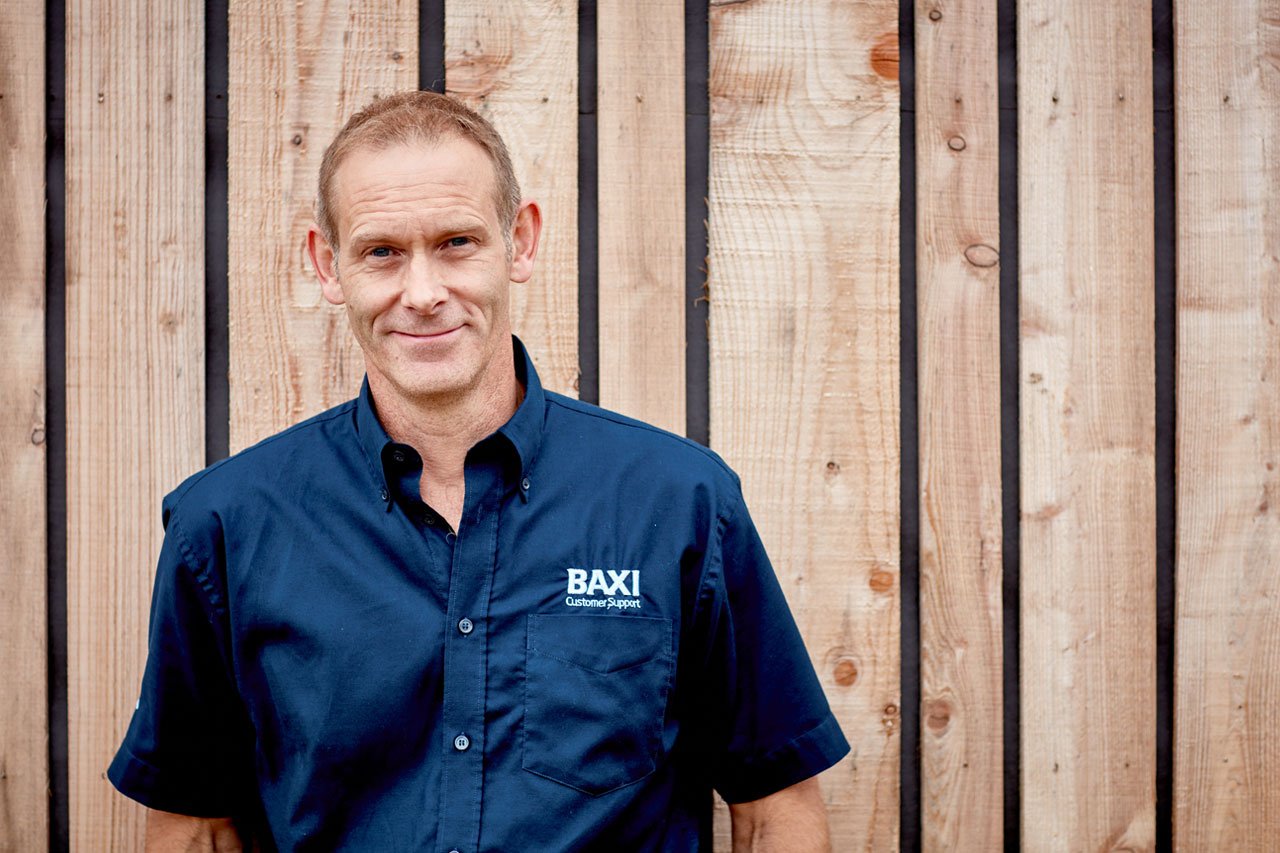Featured Article
Planning change makes installing heat pumps easier for installers and homeowners.

Baxi signs expanded three-year STEM education partnership with Primary Engineer
Baxi has expanded its partnership with purpose-driven, not-for-profit organisation Primary Engineer to bring STEM into the classroom and inspire the next generation of engineers.
01/09/2025
Latest News
Baxi Works
A simpler and more rewarding experience for installers, all in one place.
Baxi Training
Discover our comprehensive range of courses and videos designed to enhance your skills and knowledge.




